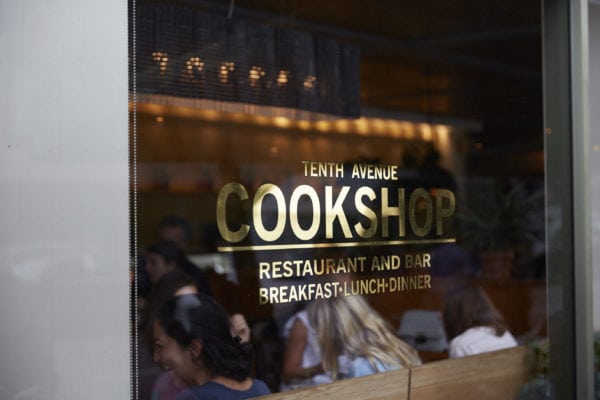Skift Take
While the number of added jobs continues to increase in the industry (which is a great sign of growth), longterm staff retention at restaurants is another obstacle to overcome.
— Erika Adams
The restaurant industry in the U.S. added 40,000 jobs in December, doubling the amount of jobs added to the industry in the previous month, according to data released from the U.S. Bureau of Labor Statistics.
Across the entire year, the industry added 235,000 jobs. (In 2017, the industry added 261,000 jobs.)
“According to restaurant owners and operators, recruiting and retaining talent is the number one challenge in the industry, and increasingly so with a growing economy and more competitive labor market,” Shannon Meade, the vice president of public policy and legal advocacy for the National Restaurant Association, said in an email interview.
The total number of jobs in the U.S. increased by 312,000 in December, and the unemployment rate rose slightly to 3.9 percent, as compared to 3.7 percent the previous month. The unemployment rate for the leisure and hospitality sector (which includes the arts, entertainment, recreation, accommodations, and food service industries) in December was 6 percent, or 814,000 people.
The average weekly hours worked for employees in the leisure and hospitality sector remained steady at 26 hours per week, as it has been for the past three months. The average weekly earnings for employees in the sector were $423.02, slightly up from $421.20 per week in November.
Though it’s common that most employees in the sector are employed on a part-time, hourly basis and don’t tend to stay in these positions for long, some in the industry are working towards presenting restaurant employment as a more stable, longterm career path.
“While being a good stepping stone to a brighter future, the restaurant industry is working to address labor challenges through apprenticeship programs, by offering new benefit options like association health plans, and by providing real-life experience opportunities like the National Restaurant Association’s nationwide, two-year high school skills program, ProStart,” Meade noted.
Adding Staff Incentives
Even though the industry is adding plenty of jobs, it’s increasingly difficult to retain employees for a long period of time. In Chicago, James Beard-award winning restaurant Fat Rice implemented a 4 percent “Hospitality Provision” surcharge on checks starting on January 1 to increase revenue and offer employees healthcare benefits and help reduce wage gaps between the front and back of house staff.
“As the entire country is seeing, the pool for talented hospitality professionals both in the front-and back-of-house is diminishing in favor of higher paying, lower stress and less physically demanding opportunities,” Fat Rice co-owner Adrienne Lo said in an email. “We at Fat Rice are always hiring, on average around four positions at any given time between front-and back-of-house.”
Lo and chef/co-owner Abe Conlon are hoping that implementing changes like the new surcharge will help combat staff retention issues and better support their current staff.
“If we can offer incentives to attract and retain talented professionals, then we firmly believe over time this will positively affect the bottom line of our business,” Lo said. “Posting ads, scheduling and conducting interviews, and training of employees is time consuming and costly.”






